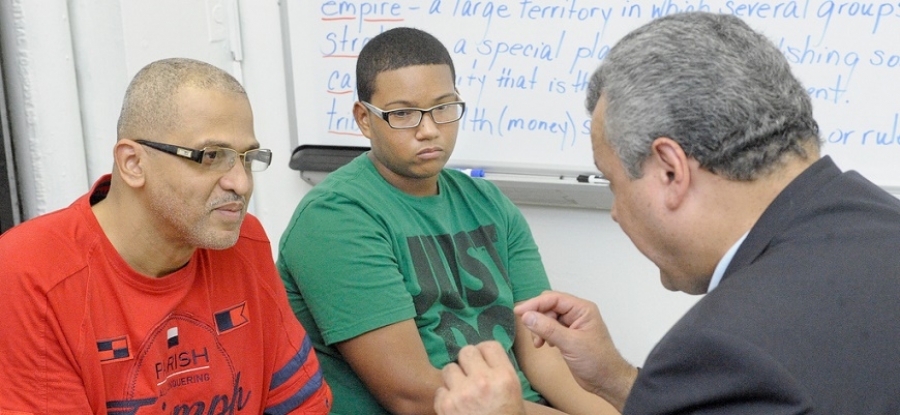But, while great strides have been made promoting collaboration in schools, parents often feel in the dark when it comes to their role in education. My own research revealed that two in five parents don’t know what their child is doing in school, and many don’t feel sufficiently connected to their studies.
We know that parents and guardians are a crucial force behind every successful student, providing help, encouragement and practical support. So, “A newsletter only enables one-way communication.”why is this important group so often feeling left behind? And how can schools encourage a more inclusive approach?
The communication conundrum
Keeping parents, teachers and students all on the same page is a tricky job. At first look, the easiest route to establishing a closer relationship is to ensure regular outreach from schools in the form of newsletters. But, as many teachers will tell you, it’s not as quite as easy as that. A newsletter only enables one-way communication - making it hard to start a dialogue or invite the sharing of ideas and feedback. And, of course, time poor teachers would add that more paperwork isn’t the solution.
Neither, most parents will tell you, is relying on information from a child. Tired pupils, home from a long school day, aren’t always the bearers of comprehensive information - and encouraging an open dialogue can be challenging.
Most parents look to parents evenings and annual reports to keep up to date with progress - but for many, this sporadic communication isn’t enough.
Use what’s in your pocket
Squaring this circle can seem like an impossible task. But this is where technology can help. Thankfully, tech phobia is fast becoming a thing of the past - and teachers, parents and students are all more digitally savvy than ever.
So, with a smartphone or tablet in everyone’s pocket, the “Tech that’s difficult to use will be at best a wasted expense.”education community has an opportunity to be immediately connected with parents. And by focusing on facilitating communication through the technology that they already have, schools can ensure that parents are able to keep up with their children’s studies easily, and teachers know they can reach using a familiar and tested communication method.
Easy does it
Of course, the savviest teachers know that with any tech purchase, ensuring adoption is the key. Tech that brings security concerns, or that’s difficult to use, will be at best a wasted expense, and at worst, detrimental to learning. The best education technology should enhance the learning experience for users, whilst reducing the stress on the teacher - while being intuitive and flexible enough to meet a school’s unique needs.
Usability is doubly important when tech is being used to coordinate communication between teachers and parents. When communication is virtual, and the nuances of face-to-face conversation is missing, it must be as seamless as possible to ensure clarity and engagement. Parents are also often on the go, so tech that takes a long time to set up, or that can only be accessed from a specific console is only going to make the process more difficult. But making use of cloud sharing and ‘always on’ technology, parents can make sure that staying up to date with their child’s school work is no work at all.
Remaining engaged
Every parent wants to be sure that their child is getting the most out of their education, and every teacher wants to know that their students are getting the support they need outside of the classroom. Tech in schools can be fantastic for creating new tools for teachers and new learning opportunities for students, but it can also be used to strengthen and maintain existing relationships. To alleviate the sorts of concerns found in our research, where collaboration isn’t as holistic as it could be, parental engagement must be a cornerstone of high quality teaching and learning. And good technology can play a crucial role in making this happen.
How do you bring parents and guardians into the school community? Let us know below.


















